According to 80% of consumers, the positive experiences a brand offers are just as important as its products and services. So, if you’re not offering value to consumers beyond mere transactions, you’re going to have a hard time fostering long-term brand loyalty and attracting new customers.
One great way to create experiences that emotionally resonate with consumers is through community marketing. In community marketing, the strategic emphasis lies on cultivating strong relationships between the brand and individual consumers through interactive engagement. This occurs within a brand community, which is defined in a Journal of Consumer Research “Brand Community” study as a “specialized, non-geographically bound community based on a structured set of social relations among admirers of a brand.”
Whether through social media or an in-person event, community marketing drives authentic conversations and connections that quickly build consumer trust, making them more likely to share their positive feedback on the brand that can help generate new business.
If you’re looking to strengthen your community marketing skills, check out these five tips below to create deeper consumer-brand connections.
1. Put the “Custom” in “Customer”
Building a strong brand community means building strong relationships with individual consumers. You can do this by engaging with them on a personal level, taking the time to ensure they feel seen and heard by your brand. As Salesforcenotes, when interacting with your company, consumers want to be treated “like a person, not a number.”
On your brand’s social media accounts, you can provide customized feedback and assistance that shows individual appreciation. Publicly liking, loving, and responding to comments, questions, and brand tags provides validation and shows potential consumers the kind of positive experience they can expect to have with your brand.
DTC eyewear company Warby Parker is well known for using social media to strengthen emotional ties with consumers. In addition to helping with traditional customer service needs, Warby Parker uses its accounts to give input to consumers choosing between different glasses and to offer compliments to users on their product selections.
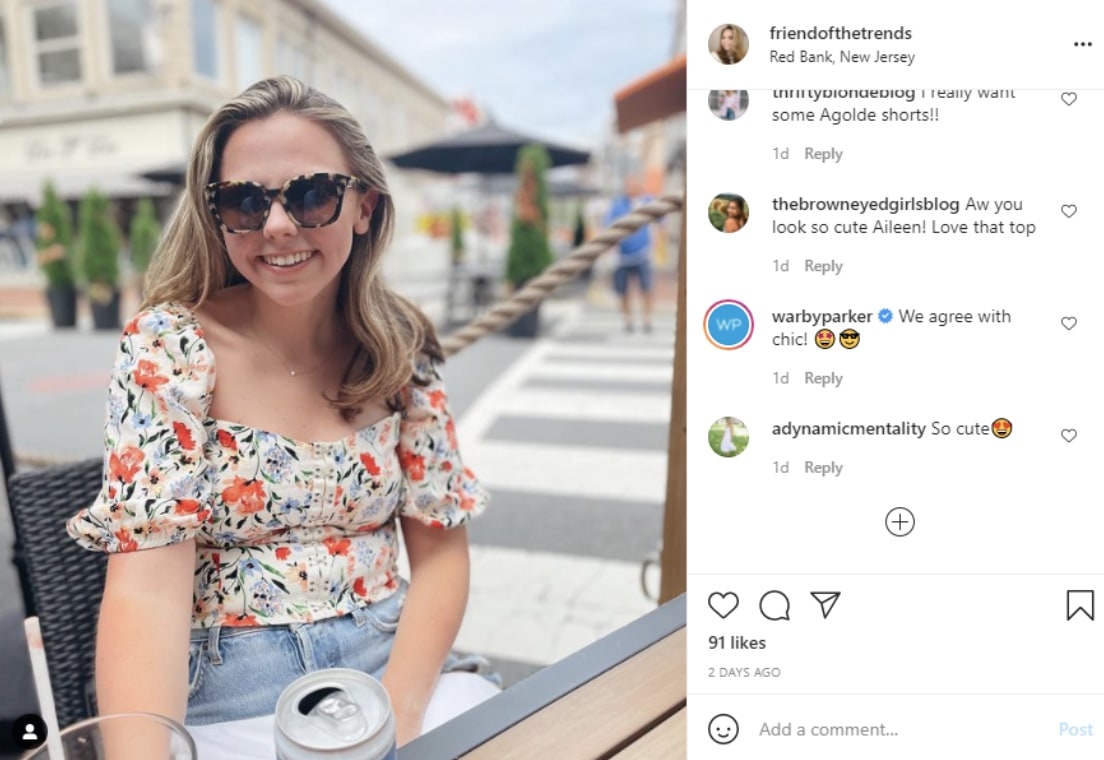
Source: Warby Parker
And remember: how you choose to communicate with consumers is just as important as what you say to them. Do your best to avoid robotic, one-size-fits-all responses, especially when encountering negative consumer input. Your consumers are human, and they expect you to speak to them as another human – with friendliness, attention, and transparency.
2. Showcase Real Users in Your Content
Brand communities will include some of your most passionate consumers, and you should take advantage of that by celebrating them in your social media community content. Consumers have a significantly higher level of trust in product and service recommendations that come from fellow consumers, so featuring real examples from satisfied consumers helps establish your brand’s authenticity.
User-generated content (UGC) is a virtual goldmine for community marketing, allowing brands to show off and celebrate active consumers of their products and services without the content reading like a traditional sales-focused advertisement. Sharing UGC on your accounts helps consumers to view your brand as more credible and relatable, giving members a chance to identify and interact with others like them. UGC is exciting for consumers because it gives them a fun chance to be put in the spotlight of a brand they support, making them feel valued by both the brand and the community.
Popular D2C skincare and beauty company Glossier uses UGC as its community marketing keystone, prevalently showcasing consumers on their Instagram feed and Stories and amassing around 2.7 million followers. Word-of-mouth makes up 70 percent of Glossier’s online sales and traffic, and the brand invites the most active users posting brand-centric content to become official brand ambassadors who receive a percentage of a sale whenever someone uses the ambassador’s custom promo code. Publicly acknowledging and rewarding these kinds of public superfans is also a great way to drive participation in your brand’s formal referral program.
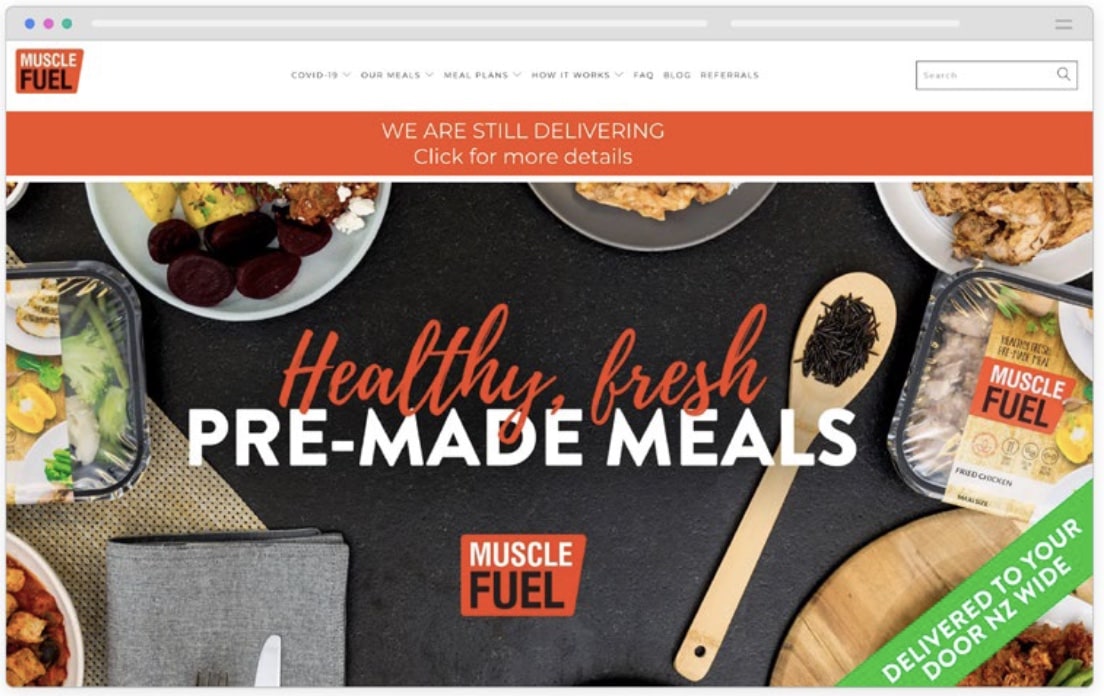
Source: Extole
UGC can also be used to create your own unique long-form content, as you can share the stories of noteworthy consumers others can relate to and learn from. Spotify’s podcast tool Anchor has used its blog, Word of Mouth, to do this, profiling a variety of diverse podcast hosts who utilize Anchor’s services to improve their podcast.

Source: Anchor
Creating your own community marketing content that celebrates prolific consumers doesn’t just show you appreciate individual members, it also strengthens the community as a whole by letting people get to know those fellow members better.
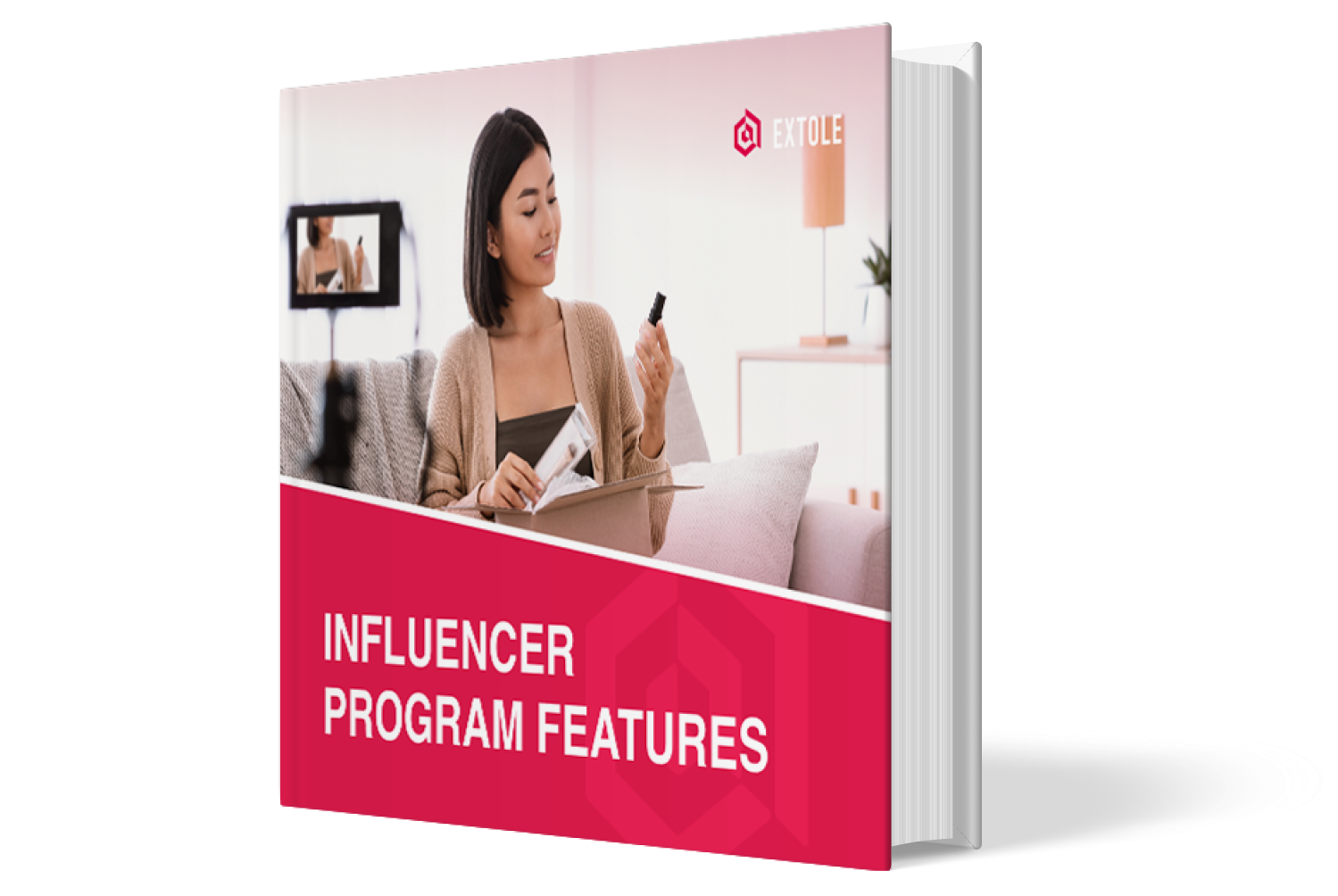
Extend Your Brand Reach With Influencer Advocates
Let your influencers create new customers. Learn how to access their followers and drive customer-led growth.
Get the Guide3. Offer Opportunities to Shape Brand Decisions
Community marketing can help your bottom line by gathering lots of direct consumer feedback on existing products and services and allowing community members to have a say in future ones. By using your brand community as a focus group, you can reduce the time and effort you spend determining the needs and wants of your consumer base – they’re giving you the answers themselves!
Giving consumers a voice in your brand’s direction helps them feel a sense of partnership with both the brand and other community members. Brands are increasingly embracing public-facing platforms like social media to do this, creating interactive polls or questions on platforms like Instagram Stories that are both user friendly and visually compelling. There can also be a competitive element to polls, as users can see the current results right after submitting their choice.
By asking for consumer feedback and then publicly showcasing how your brand incorporated it, you encourage further consumer loyalty and participation in brand-related activities because you’ve given tangible evidence of how sharing their opinions can make a difference in the company.
One example of this comes from H&M’s subsidiary brand /Nyden. The fashion company enlisted some of its top advocates to poll Instagram followers on their design preferences, which were then used to create two new dresses. Over 35,000 votes were submitted.
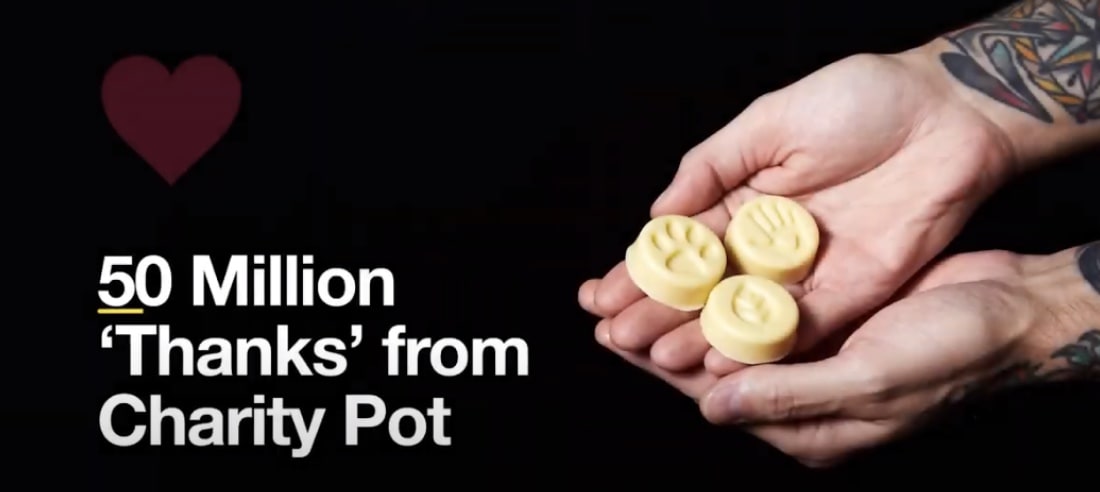
Source: AdWeek
With a click of a button, consumers can instantly feel they’re playing a role in your company, and that gives them more reason to support it – especially when they see their feedback transformed into a new product, service, or company decision.
4. Demonstrate Social Responsibility
Consumer brand preferences are increasingly being shaped by a feeling of alignment with a company’s values and its effect on change in the world. In fact, 80 percent of international consumers surveyed in global communications firm Edelman’s Brand Trust in 2020 report expressed a desire for brands to “solve society’s problems.”
As president and CEO of Edelman, Richard Edelman, explains, “Consumers are electing brands as their change agents … It is a new relationship between company and consumer, where purchase is premised on the brand’s willingness to live its values, act with purpose, and if necessary, make the leap into activism.”
Your brand community members can offer valuable insight into how you should continue to shape your corporate mission and activism. If you pay attention to trends in your community and what matters to members, you can adjust your community marketing strategy to incorporate content and activities that directly tie back to those causes. This creates a sense of unity between your brand and your consumers, a feeling that, by supporting you, they’re supporting something they care about.
One of the most important things to remember in community marketing is that consumers don’t just want lip service; they want action. You need to back up the public stances you take, or you risk facing public backlash and losing the trust and support of your community members – and that means losing sales.
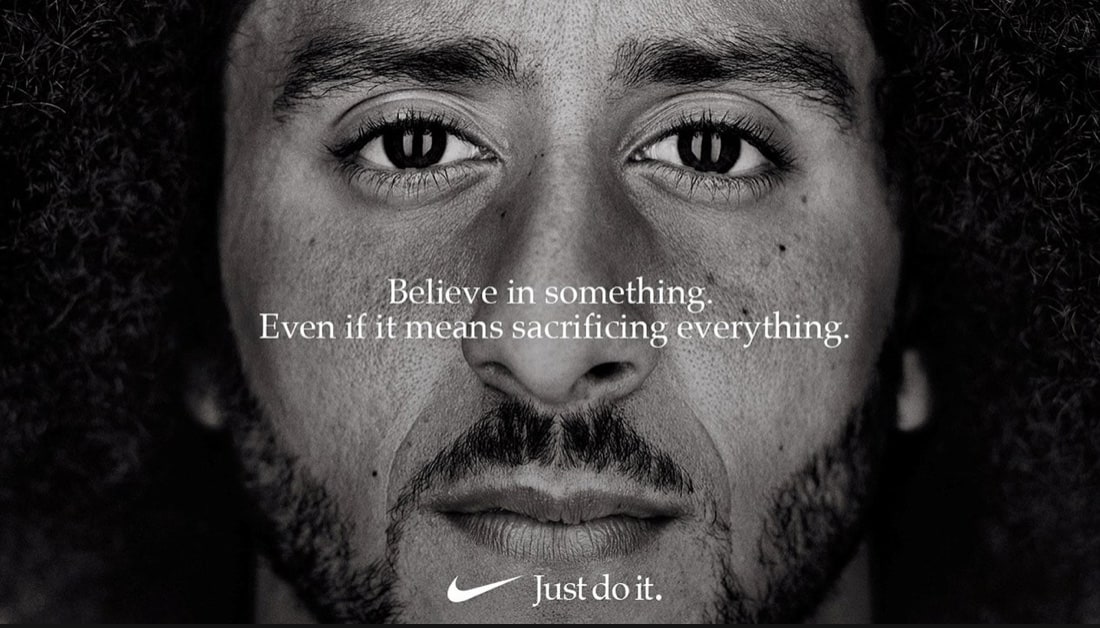
Source: Nike
A well-known example of a company backing its words with action was Nike’s decision to create an ad campaign with former NFL quarterback Colin Kaepernick, who catalyzed the controversial national anthem protests against racial injustice in 2018. After the ad launched, the company saw a 31% increase in sales over a three-day period. Nike has since partnered with Converse, Jordan, and Jordan Brands on the Black Community Commitment, pledging $140 million over a 10-year period to organizations addressing systemic racism.
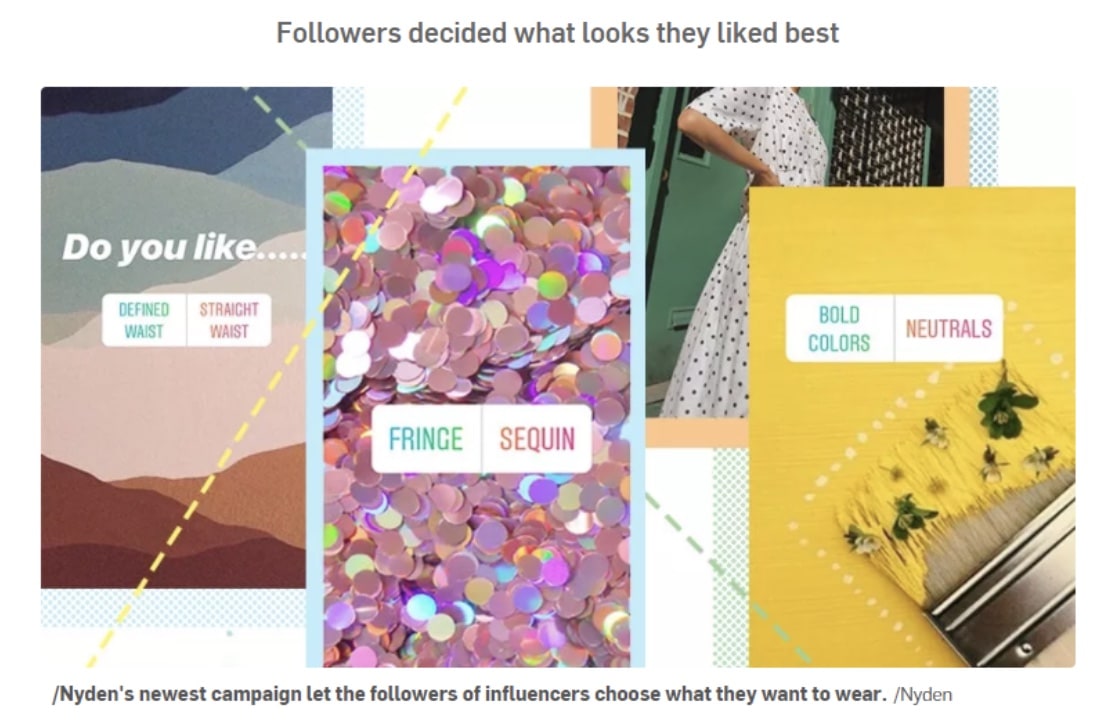
Source: Lush
Cosmetics retailer Lush is also well known for its Charity Pot program that donates 100 percent of the purchase price of its Charity Pot lotions to grassroots projects connected to human rights, environmental justice, and animal protection. Since the Charity Pot launch in 2007, Lush has been able to donate $53 million to over 2,800 international groups.
Use your community marketing to demonstrate how your brand makes a positive difference – and invite members to participate. Whether virtual or in-person, you have endless ways to involve your consumers in your brand’s activism. By showing consumers you care about more than just profits and are taking deliberate action to help others, the more passionate they’ll be about your brand because they feel they can truly believe in it.
5. Create Exclusive Experiences
Your community marketing strategy should include unique opportunities only available to consumers participating in your community, whether it’s social media followers or a VIP membership. Community-specific perks should “tap into the social and emotional needs of human beings,” reaffirming the value of participating and emphasizing belongingness amid like-minded group members. It also entices potential new consumers to join based on the promise of extra benefits they wouldn’t have access to without inclusion in the community.
67% of consumers will pay more for a great experience, so you should take that into account when designing your exclusive experiences (especially if consumers have to pay to join). There’s a lot you can do, but some popular benefits include:
- Early access to new product launches
- Contests
- Members-only virtual and in-person events
For example, to keep current subscribers engaged and attract new ones amid the COVID-19 pandemic, Verizon-owned tech newspaper TechCrunch launched Extra Crunch Live, an exclusive webinar speaker series for subscribers only, and moved most of its 2020 events to a subscription-based model. Two months after the series launched, TechCrunch reported a staggering 600% year-on-year subscription increase.
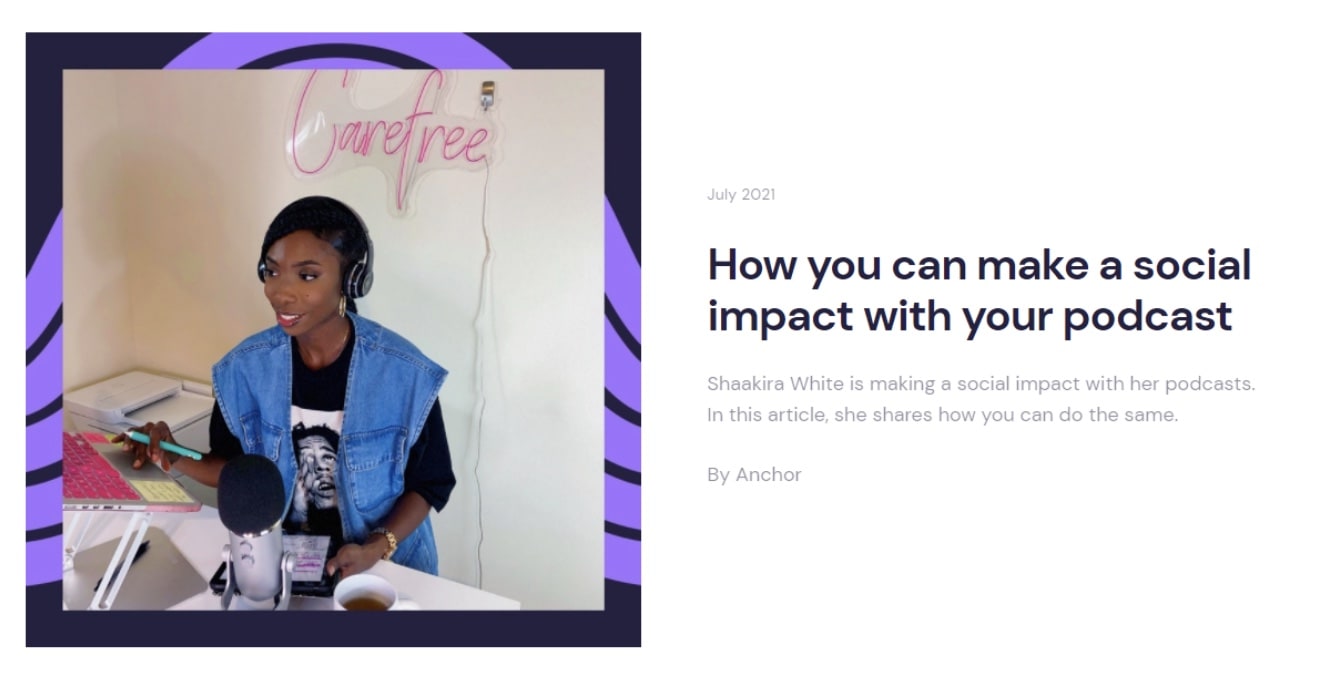
Source: TechCrunch
Meal delivery service MuscleFuel is also a great example, offering unique experiences to subscribers in the form of accompanying fitness challenges, wellness tips, and contests.
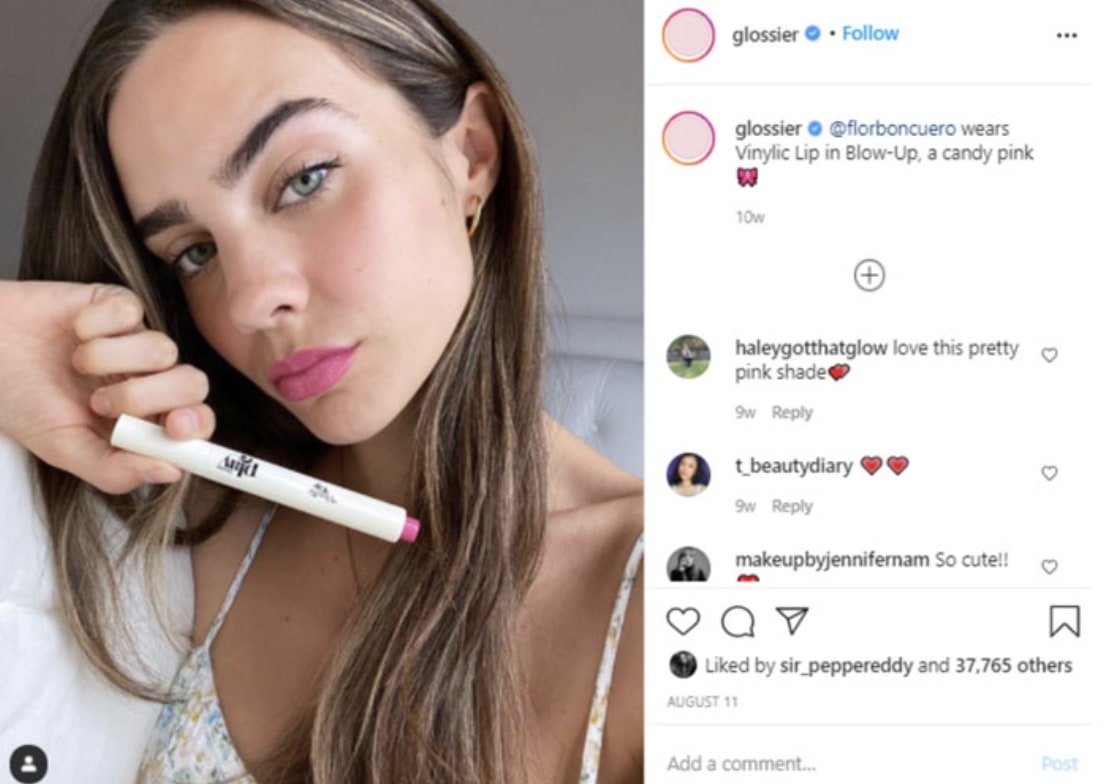
Source: BoldCommerce
Adding fun, unique activities and opportunities for further social engagement greatly enhance the appeal of consumer membership, and they should serve as the true backbone of your community marketing. Discounts are great, but they simply don’t generate the same kind of emotional tie to your brand as new experiences do.
Community Marketing Is Necessary for a Strong Referral Program
Implementing thoughtful community marketing strategies helps boost the emotional investment consumers have in your brand, making them much more likely to participate in your referral program. Schedule a demo today to learn how Extole can help you further amplify your brand’s referral program with targeted community marketing.



